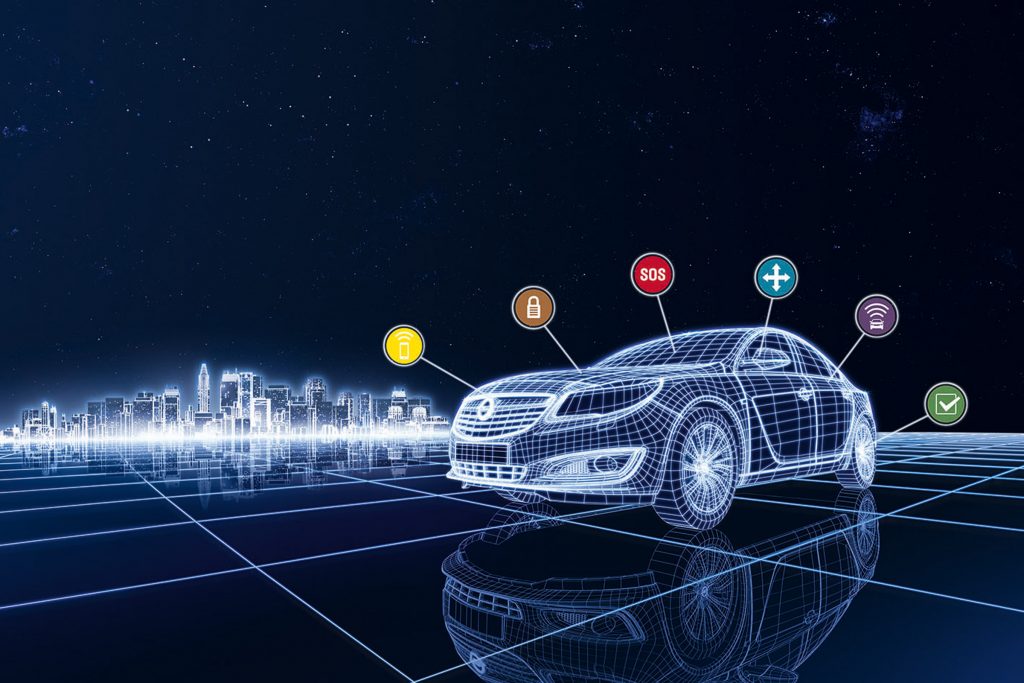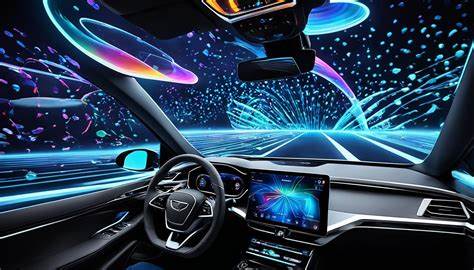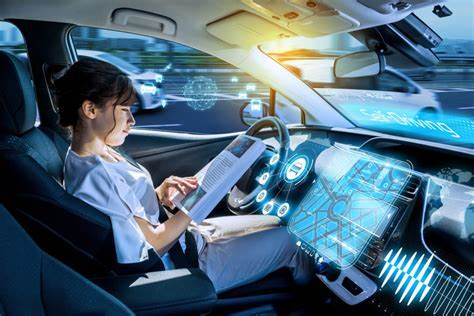As the automotive industry continues to evolve, 2025 promises to be a transformative year for vehicles and their supporting technologies. Innovations are driving the sector toward greater sustainability, enhanced safety, and smarter functionalities. With rapid advancements in connectivity, electrification, and automation, the road ahead looks exciting. Let’s explore the top automotive technology trends shaping the future and redefining our driving experiences.
Electric Vehicles (EVs) Dominate the Market
The electric vehicle revolution continues to accelerate, with EVs becoming more accessible and efficient. By 2025, improved battery technology will enable longer ranges and faster charging, making electric cars a mainstream choice for consumers. Automakers are introducing diverse models to cater to various needs, while government incentives and environmental concerns further boost EV adoption.

Solid-State Batteries Transforming EVs
Traditional lithium-ion batteries are being replaced by solid-state versions, offering higher energy densities, enhanced safety, and quicker charging times. These advancements not only improve vehicle performance but also reduce production costs, making EVs more affordable for a wider audience.
Autonomous Vehicles (AVs) on the Rise
Self-driving cars are transitioning from concept to reality, with significant progress in Level 4 and Level 5 autonomy expected by 2025. These vehicles rely on advanced sensors, artificial intelligence, and machine learning to navigate complex environments with minimal human intervention.
Enhanced Safety Through AI Integration
AI-powered systems are enhancing road safety by predicting potential hazards and making split-second decisions. From collision avoidance to real-time traffic management, these technologies are crucial in ensuring smoother and safer journeys.
Vehicle-to-Everything (V2X) Communication
Connectivity is a cornerstone of modern automotive technology. V2X communication allows vehicles to exchange information with each other, infrastructure, and even pedestrians, creating a networked ecosystem that optimizes traffic flow and reduces accidents.
The Role of 5G in V2X Communication
The rollout of 5G networks is a game-changer for connected cars. With ultra-low latency and high-speed data transfer, 5G enables seamless communication between vehicles and their surroundings, paving the way for smarter transportation systems.
Advanced Driver-Assistance Systems (ADAS)
ADAS technologies are evolving to offer more comprehensive assistance to drivers. Features such as adaptive cruise control, lane-keeping assistance, and automated parking are becoming standard, providing a safer and more convenient driving experience.
Adaptive AI in ADAS Systems
The integration of adaptive AI in ADAS ensures systems continuously learn and improve based on real-world driving data. This personalized approach enhances system reliability and user satisfaction.
Shared Mobility and Smart Fleet Management
The rise of shared mobility services, such as ride-hailing and car-sharing, is changing how people access transportation. By 2025, smart fleet management systems will optimize vehicle usage, reduce costs, and minimize environmental impact.
Data-Driven Decision-Making
Big data analytics plays a pivotal role in shared mobility. Fleet operators leverage real-time data to predict demand, manage maintenance schedules, and improve customer experiences.
Sustainable Automotive Materials
Sustainability is a growing priority in vehicle production. Automakers are adopting eco-friendly materials, such as recycled plastics, bio-based composites, and lightweight alloys, to reduce their carbon footprint.
Circular Economy in Automotive Manufacturing
The circular economy model focuses on recycling and reusing materials throughout a vehicle’s lifecycle. This approach not only conserves resources but also aligns with global sustainability goals.
In-Vehicle Infotainment (IVI) Systems
The modern car cabin is transforming into a hub of entertainment and productivity. IVI systems are integrating advanced touchscreens, voice assistants, and augmented reality (AR) features to enhance the in-car experience.
Personalized Infotainment with AI
AI enables infotainment systems to adapt to individual preferences, offering tailored recommendations for music, navigation, and connectivity options. These features make every journey enjoyable and engaging.
Hydrogen Fuel Cell Vehicles (HFCVs)
While EVs dominate the headlines, hydrogen fuel cell technology is gaining traction as a viable alternative for long-range and heavy-duty vehicles. HFCVs offer zero emissions and fast refueling, making them suitable for commercial and industrial applications.
Expanding Hydrogen Infrastructure
Investments in hydrogen production and refueling networks are accelerating, ensuring broader adoption of fuel cell technology in the coming years.
Augmented Reality Dashboards
AR is revolutionizing the way drivers interact with their vehicles. AR dashboards overlay critical information, such as speed, navigation, and hazard alerts, directly onto the windshield, reducing distractions and enhancing situational awareness.

Seamless Integration with Smart Devices
AR technology seamlessly integrates with smartphones and wearables, providing a connected and intuitive driving experience.
Cybersecurity for Connected Cars
As vehicles become more connected, they face increased vulnerability to cyber threats. Automakers are prioritizing cybersecurity measures to protect vehicle systems and user data from potential breaches.
Blockchain for Automotive Security
Blockchain technology offers a robust solution for secure data exchange in connected cars. Its decentralized nature ensures transparency and reduces the risk of unauthorized access.
Conclusion
The automotive landscape in 2025 is set to be defined by groundbreaking innovations that prioritize sustainability, connectivity, and user convenience. From electric vehicles and autonomous driving to augmented reality and advanced cybersecurity, these trends promise to reshape our relationship with mobility. Staying informed about these developments is crucial as we prepare for a smarter, safer, and more sustainable automotive future.

Leave a Reply